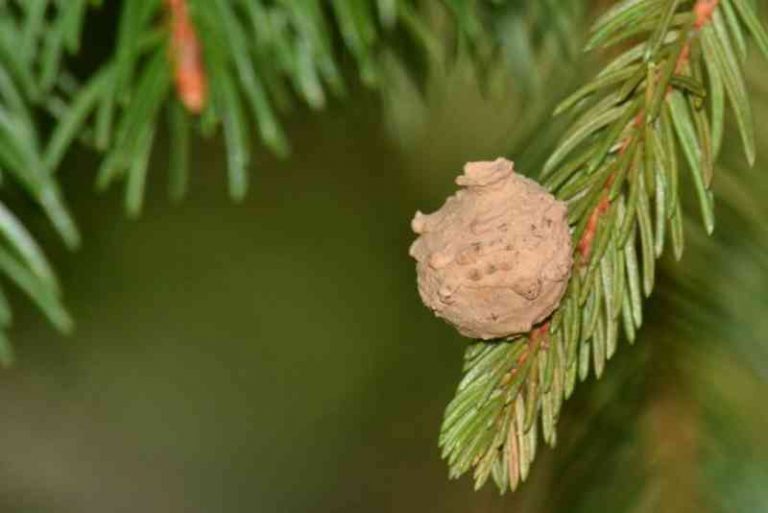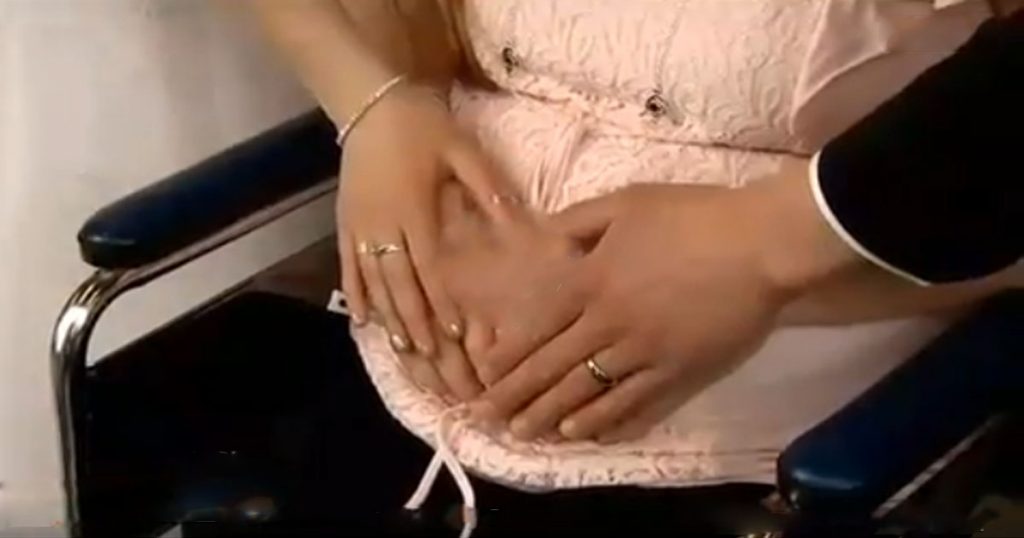“Oh, Christmas tree, Oh Christmas tree, you’re filled lots of insects.” That isn’t exactly how the song goes but it could be the case. Turns out, you may just have bugs in your Christmas tree. Many enjoy the rich, tangible scent of authentic living Christmas trees in their home, however, there could be potential creepy-crawlies living inside the tree that you’re bringing inside your residence for the winter.
If you’re getting your tree off an authentic tree lot that specializes in selling the holiday conifers, chances are you’re going to be fine. If you’re heading into the woods to snag a tree of your own or buying some from a less-than-reputable dealer, you might want to double inspect or think twice about bringing it home for your next family Christmas.
Arguments between real trees and fake trees aside, you can’t deny how wonderful a real tree makes your home smell. However, before you stick one in the corner of your living room and cover it with tinsel, perhaps you want to inspect your tree for the following insects. Let’s take a look at how there may be bugs in real Christmas trees.
You can inspect your Christmas tree, by taking a large blank sheet of white paper and holding it under several areas of branches. Shake the branch vigorously. If a bunch of insects or any other creepy crawlies fall out, you might want to consider going outside and shaking off your tree before bringing it back into your house.

1) Aphids: These six-legged creatures normally stay dormant in the winter months, but bringing them inside your warm house will restart their spring cycle. The Cinara aphid is found balsam firs, Fraser firs, white fir, pines, and spruces. Fortunately, these creatures are host-specific meaning that they can only survive on eating on your tree.
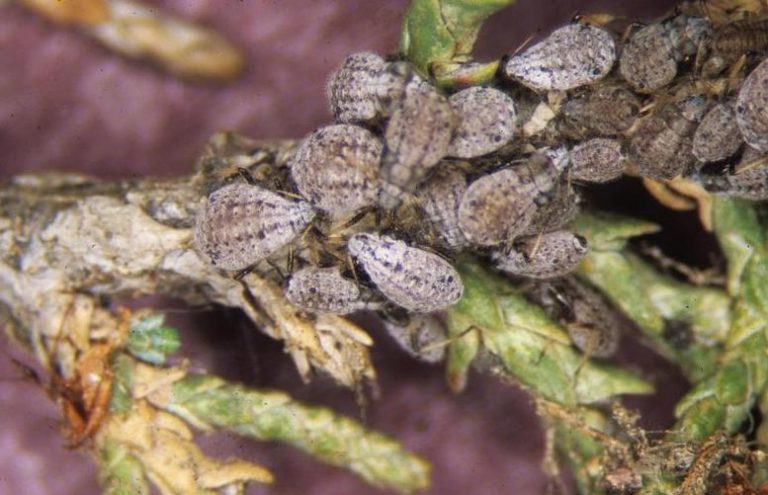
2) Mites: There’s a wide variety of different mites that might travel inside your home along with your living Christmas tree. Many of them are indigenous to the white fir, the douglas fir, Fraser fir and spruce trees. For the most part, mites are relatively harmless, but they can become a nuisance if they spread away from your real Christmas tree.
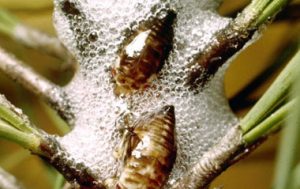
3) Spider Mites: Not to be confused with actual spiders, spider mites can wreak havoc on your indoor and outdoor plants. They thrive in hot and dry environments. Although they are dormant during the winter months, bringing them inside can restart their cycle. Fortunately, these insects very rarely cling to conifer trees, but if they do invade, traditional over the counter pesticides are available to treat your plants.
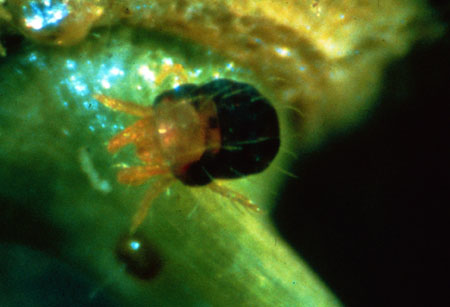
4) Spiders: Yes, you heard correctly! Spiders love to hide in trees. The branches are a great natural structural foundation for their cobwebs and help them catch many flies. Spiders usually lay eggs and lie dormant through the winter, but the warmth of your household will start them up in their spring cycle.
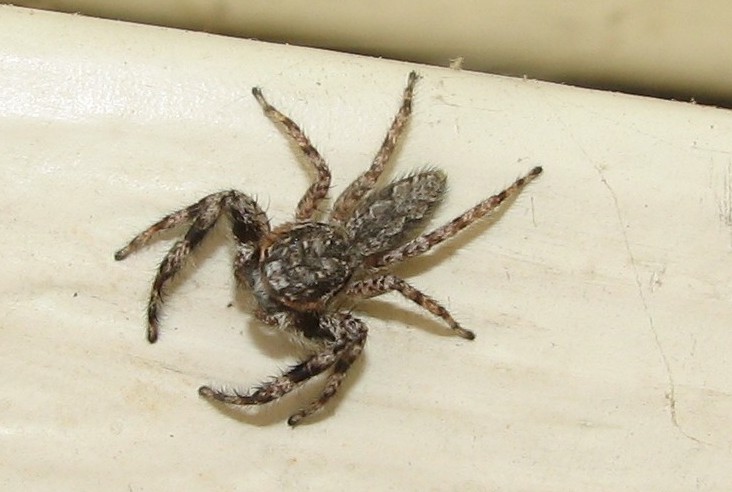
5) Armadillidiidae: Otherwise known as “pill bugs” these creatures are part of the woodlice family and feed on dead material. Many lay dormant in the winter months, and make their homes in any dying or decaying wood. Occasionally, they can make their way into a living tree in search of dead wood. They are mostly active at night, and fortunately, they don’t go very far in indoor settings.
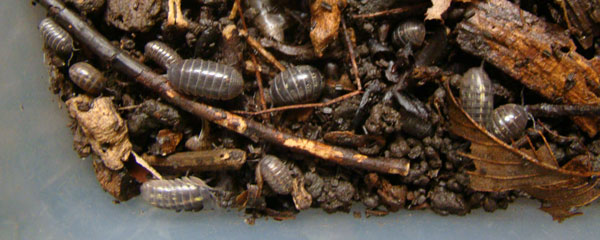
6) Centipedes: These odd legged creatures are mostly nocturnal and feast on mostly smaller bugs, but not much is known about their diet. They are known to eat mites, eggs, larvae, and even vegetation when forced in a starved environment. Centipedes like to hide inside the bark of any trees, so if you have a living tree in your home, chances are you are also inviting inside some centipedes.

7) Wasps: Yes, believe it or not, you could be bringing a wasp nest into your home. Wasps make their nests and then lie dormant through the winter months after they lay their eggs. Bringing them into your home, like any of the other bugs on this list, will start their spring cycle, and you could soon see wasps emerging. Make sure to double check your tree for any of the bugs on this list.
